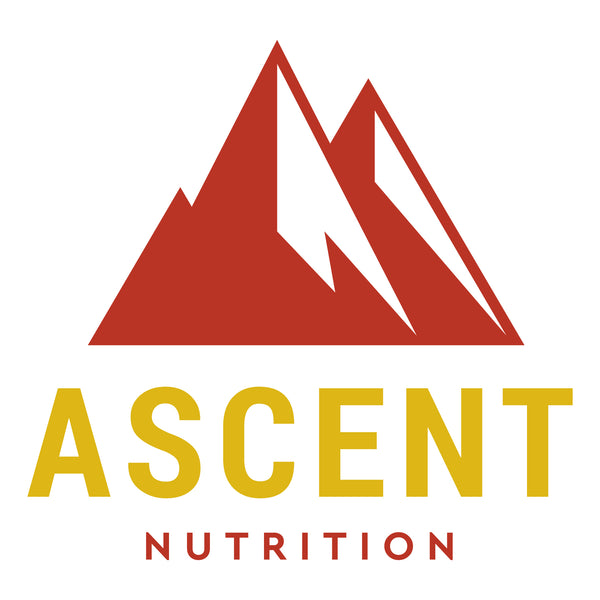Humic Acid, the larger component, naturally contains Fulvic Acid within it. Due to its molecular size and low weight, Fulvic Acid can cross any cell membrane, including the blood-brain barrier. This unique ability allows Fulvic Acid to act as both a transporter of nutrients and a detoxifier. It carries essential nutrients like vitamins, minerals, and trace elements into cells while removing waste from cells [2].
In addition to its role as a transporter and detoxifier, Fulvic Acid is also a potent free radical scavenger. It has approximately 14 tetra trillion electrons, which it can donate or receive. This allows it to scavenge free radicals, which are unstable and reactive molecules with unpaired electrons.
When free radicals are not neutralized, they can cause damage to the cells and tissues of the body. Therefore, the free radical scavenging property of Fulvic Acid makes it a beneficial compound in any detoxification regimen.
Fulvic Acid is also rich in electrolytes and catalyzes enzymatic reactions, promotes the detox of heavy metals, supports electrochemical balance, and promotes the synthesis rate of RNA and DNA.
To add to its impressive properties as a natural detoxification agent, Fulvic Acid has also shown the ability to neutralize certain radioactive substances, catalyze the breakdown of pesticides and herbicides, promote efficient nutrient absorption, support the immune system, and encourage healthy digestion.
By incorporating Humic and Fulvic Acid into your routine, individuals can experience a range of health-promoting benefits with regard to energy levels, focus, and clarity.
Some supplements, like Ascent Nutrition's Humic & Fulvic Acid, are formulated to provide these beneficial compounds in a concentrated and easily absorbable form. The product boasts a particle size 20 times smaller than other products, potentially maximizing the detoxifying and nutrient-carrying abilities of Humic and Fulvic Acid.

